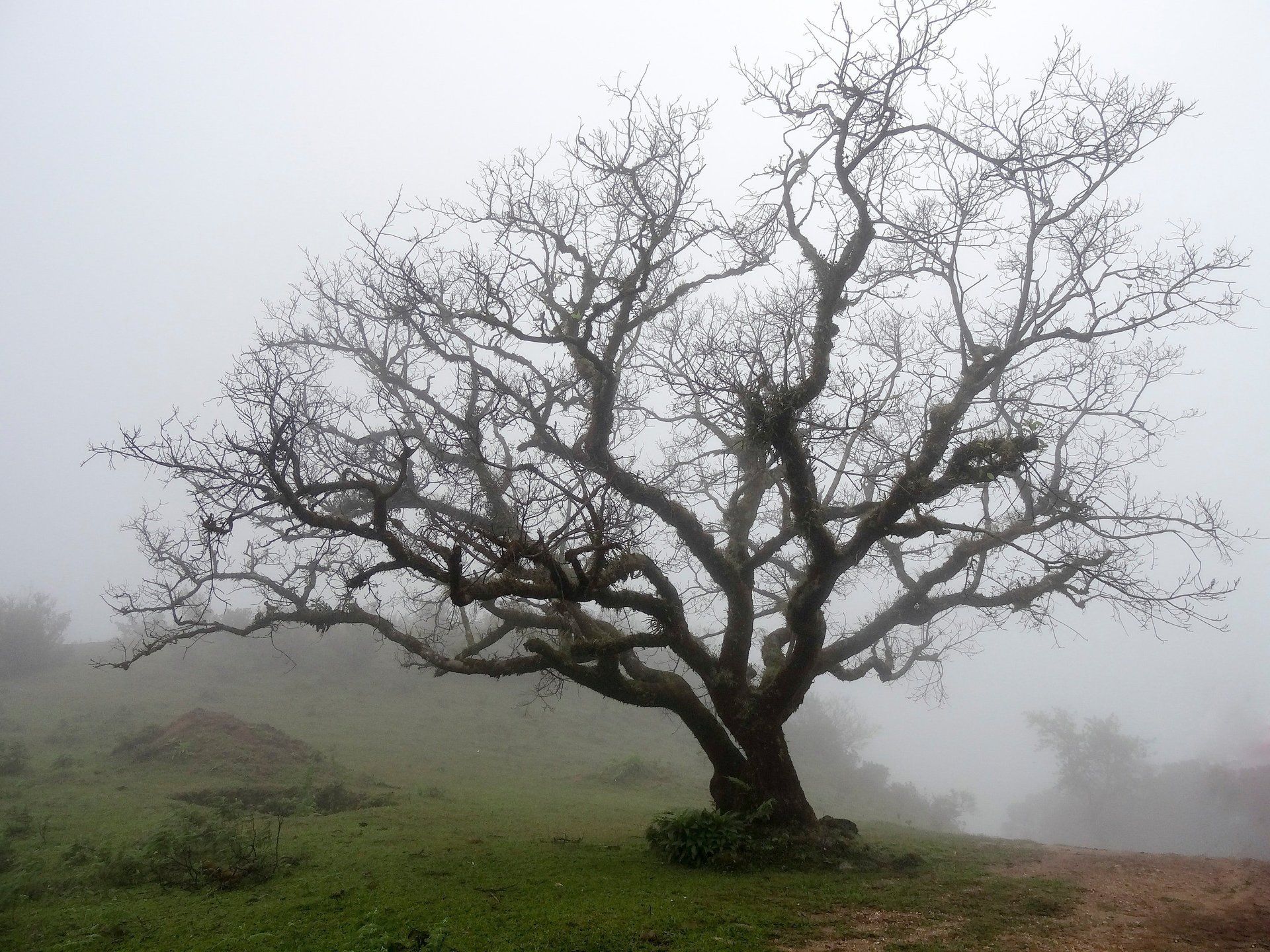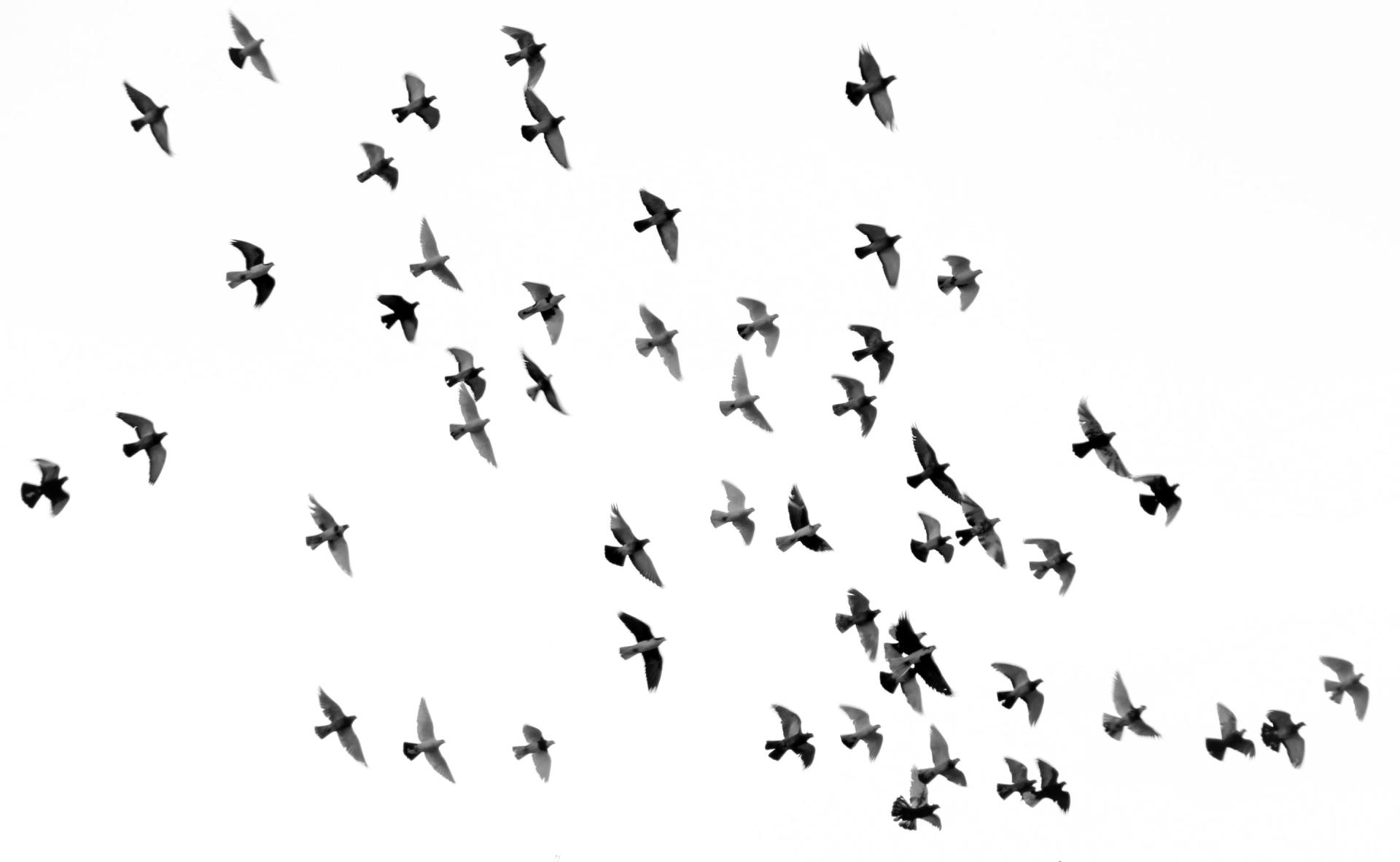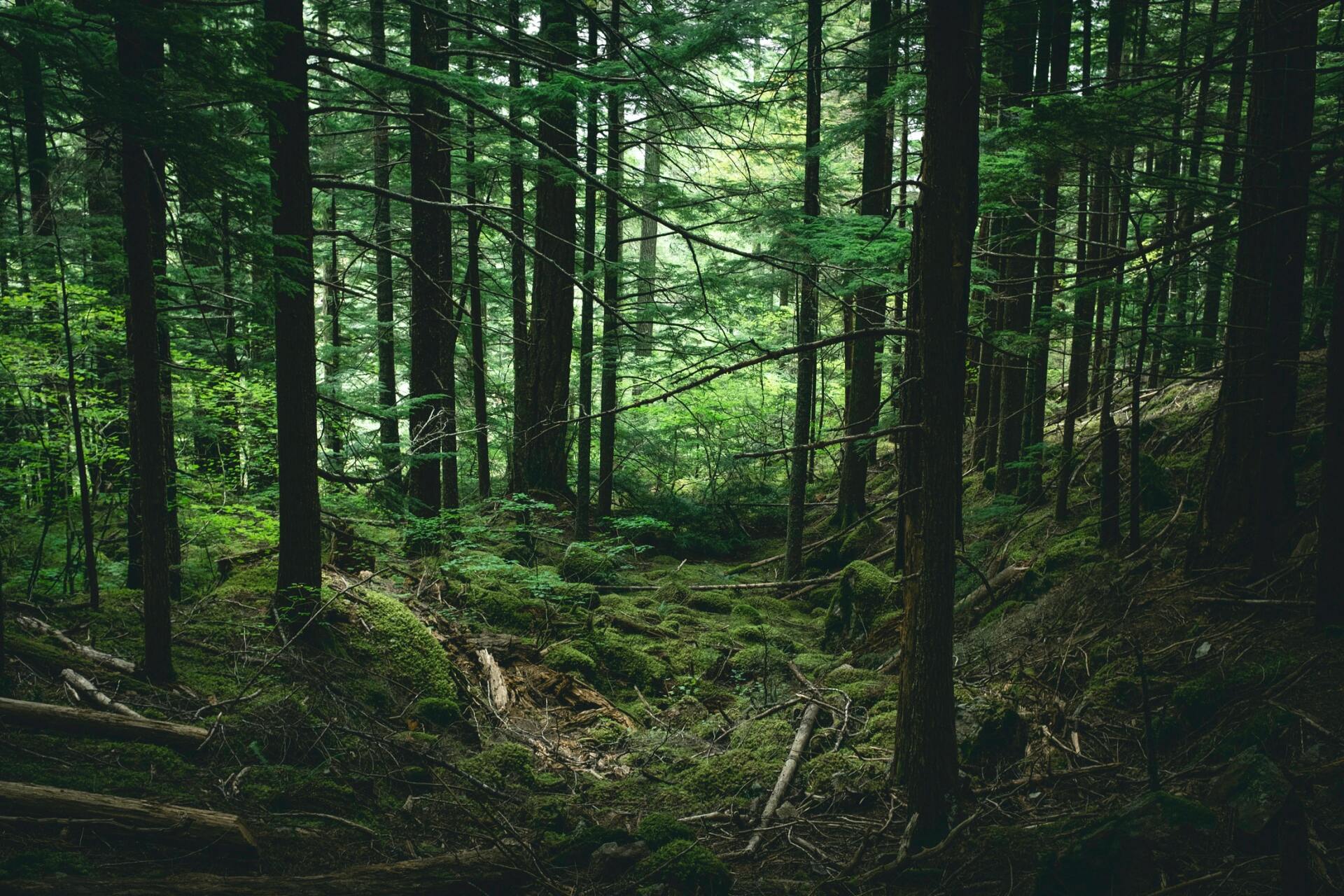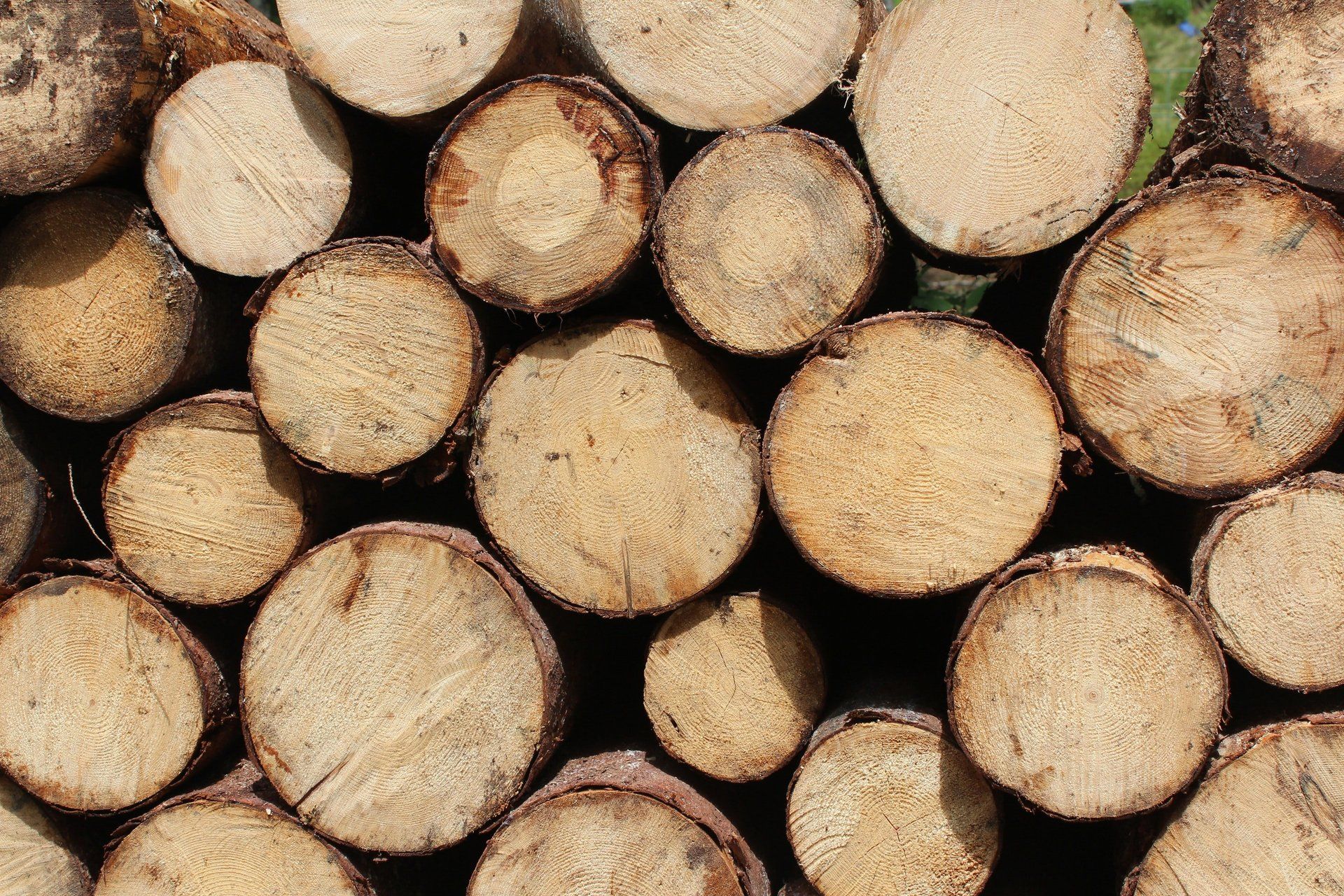How healthy are your trees?
How healthy are your trees?
At Chris Arnold Tree Surgery, when we attend a client’s property to remove a diseased tree or manage the spread of a particular disease on their grounds, we are often asked How can I check my trees for disease?
We recently attended a call out to a cemetery in which a beech tree had fallen down in high winds due to an infection of Meripilus giganteus. Meripilus giganteus is a polypore fungus that can cause white rot in broadleaved trees, and beech trees are particularly prone to becoming infected. But it can also affect other broadleaved trees such as fir, pine, spruce, oak and elm.
Once a tree becomes infected by the Meripilus giganteus fungus, it cannot be controlled and, eventually, felling the tree in the interest of safety becomes the only solution, especially in public access areas (such as a cemetery).
How to spot a fungus that is harmful to a tree
In the case of Meripilus giganteus, the fungus, in general, appears shelf-like, with multiple, yellow-brown brackets and a creamy white underside, and can be found in large clusters of approximately 1 metre in diameter. It is often found on the trunk at the base of an infected tree or on the ground where the roots of the tree would be.
What other fungi are harmful to trees? And how can we identify them?
There are over 15,000 species of fungi in the UK and not all of them are harmful to trees – some can even be beneficial! So, it would take a good deal of time (and space on our website) to try to show you how to spot all of them, tell the harmful fungi from the beneficial or non-harmful fungi, and what to do if you find each one. There are many fungi that look very similar to one another too, which makes the job of identification that much harder, and why every reputable fungal or foraging expert will tell you never to consume a mushroom unless you are absolutely certain it is safe to eat.
It would be equally difficult to go into detail on each and every pest or non-fungal disease that poses a threat to the UK tree population, especially native UK species such as ash, oak, beech and pine.
We may cover particularly noteworthy dangers to our homegrown trees, such as ash dieback, in our blogs if they are a current significant concern here in the UK, or there is a risk that they will be.
But it is probably of more benefit to be able to identify an unhealthy tree at first, than to learn spot one of the numerous root causes of the decline in a tree’s health.
So, how do you identify an infected or unhealthy tree, that may become unsafe, before it is too late?
When assessing the health of a tree, one of the key indicators to poor health is a change in the leaves. If your tree’s leaves are discoloured when they should be green outside of autumn, they’ve dried up, curled or your tree is shedding its leaves far earlier in the year than it should, then there is a good chance that your tree is in ill health. If new foliage growth appears to be paler than they should, this can indicate that the tree is unable to get the necessary nutrients to its branches to grow healthy leaves. If you see any of these signs in your trees, give us a call – we will be happy to offer advice.
As discussed with the case of Meripilus giganteus, if fungus has formed around the base or roots of your tree, this can indicate a fungal infection that may be harmful to your tree’s health. The wood around the fungus may appear to be stained darker than the rest, or parts of the tree may start to rot and fall or crumble away, which would indicate that it has suffered significant damage already from the infection and immediate attention is required.
If you spot any damage to the trunk of your tree, such as sawdust or shavings in areas on the trunk, or balls of sap, this can be a sign that your tree has become infested with insects. Insects will normally attack a tree that is already sick, making an existing problem even worse. If you spot this, give us a call – we should be able to tell you whether you tree can be saved or if it will need to be felled.
Take special notice of any cavities and hollow areas in your tree. While hollows in trees don’t necessarily spell disaster, if a hole is too deep in the base or trunk of a tree, the structural integrity may be compromised, and it could collapse or fall down in strong winds.
Equally, check your tree’s branches for signs of ill health such as a lack of leaves when there should be leaves, dead and discoloured leaves, bare patches where bark has fallen off, or cracked or rotten branches. Falling branches present one of the most common and significant dangers when it comes to safety around trees and if you spot any of these signs, it is worth getting someone in to assess the risk.
Keep an eye out for any dead wood on your tree. Bark falling off in a single area can be a good sign that this part of your tree is already dead. Cracks in the mud around the base of your tree, while not symptomatic of any disease or infestation, is a good indicator that the earth around the tree has been lifted and that your tree may be starting to uproot! If there are cracks on only one side, then this could show that your tree is beginning to lean to one side, which is a very dangerous situation and will need immediate assessment by a professional such as one of the Chris Arnold Tree Surgery team.
What can I do if I spot any of these symptoms or signs?
If you spot any of the above signs in any of the trees on your grounds, please don’t hesitate to give us a call on 01242 621 051. One of our friendly team members will discuss the symptoms, offer advice and arrange an appraisal or survey if required.
Chris Arnold Tree Surgery
Far Stanley, Oakleys,
Cheltenham GL54 5HF
T:
01242 621 051
M:
07961 973 081
E:
info@chrisarnoldtreesurgery.co.uk
TREES
VEGETATION
Chris Arnold Tree Surgery
Chris Arnold Tree Surgery






